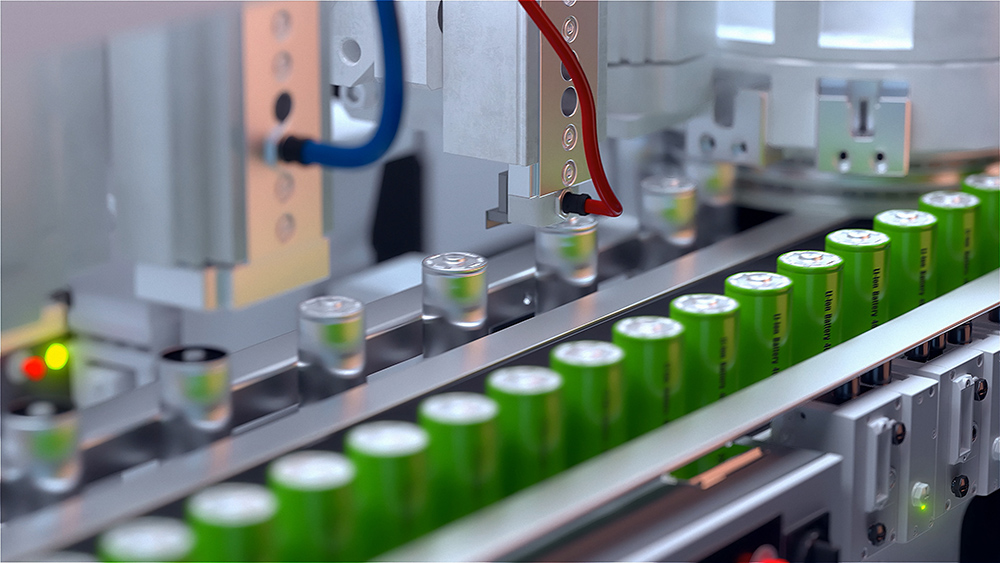As demand for lithium-ion batteries accelerates, recycling of raw materials will be an essential part of the circular EV ecosystem. However, in the near term, the primary source of recyclable battery material will be scrap material from battery production, according to Benchmark Mineral Intelligence’s latest Recycling Report.
Benchmark forecasts that scrap will account for 78% of the pool of recyclable materials in 2025. End-of-life batteries are not expected to become a major source of material until the 2030s, as the EVs being sold now won’t be scrapped for another ten years or so (and some of their batteries may hang around for years in second-life applications).
“Process scrap is huge both as a waste management opportunity and as a cost opportunity,” says Benchmark Analyst Sarah Colbourn.
According to Benchmark, waste from the electrode manufacture stage can often be directly fed back into the production process by the cell producer. However, cells which fail to meet quality control standards can’t be circulated back into the production process, and must be collected for recycling.
Benchmark expects some 30 gigawatt-hours of process scrap to be available for recycling this year, and predicts that that number will grow tenfold over the next decade. Only in the mid-2030s will end-of-life batteries overtake process scrap as the primary source of recyclable material.
Collecting process scrap is simpler than collecting end-of-life batteries. The collected scrap is disassembled, discharged, and shredded (by companies such as Li-Cycle, among others) to produce black mass, which can be processed via a variety of methods to extract lithium, cobalt, nickel and other metals.
Demand for recycled materials may soon be on the increase. In the US, the Inflation Reduction Act contains incentives for the use of domestically-sourced raw materials, and materials recycled in North America fit the bill. The EU is considering legislation that would require batteries to include a minimum percentage of recycled critical minerals by 2030.
“From a geopolitical standpoint there is an opportunity for North America and Europe to establish their own value chains with recycling, reducing reliance on China and other regions,” says Colbourn. “Outside of China partnerships are forming. For instance, in the UK Glencore and Britishvolt are building an ecosystem for manufacturing scrap. We can expect more partnerships, but there is going to be a struggle to get deals to get process scrap.”
Even the most efficient recycling processes aren’t likely to yield enough materials to meet demand any time soon. “Recycling is not going to negate the need for virgin materials,” Colbourn explains. “But recycling materials can help towards plugging the supply deficit gap.”
Source: Benchmark Mineral Intelligence



















































